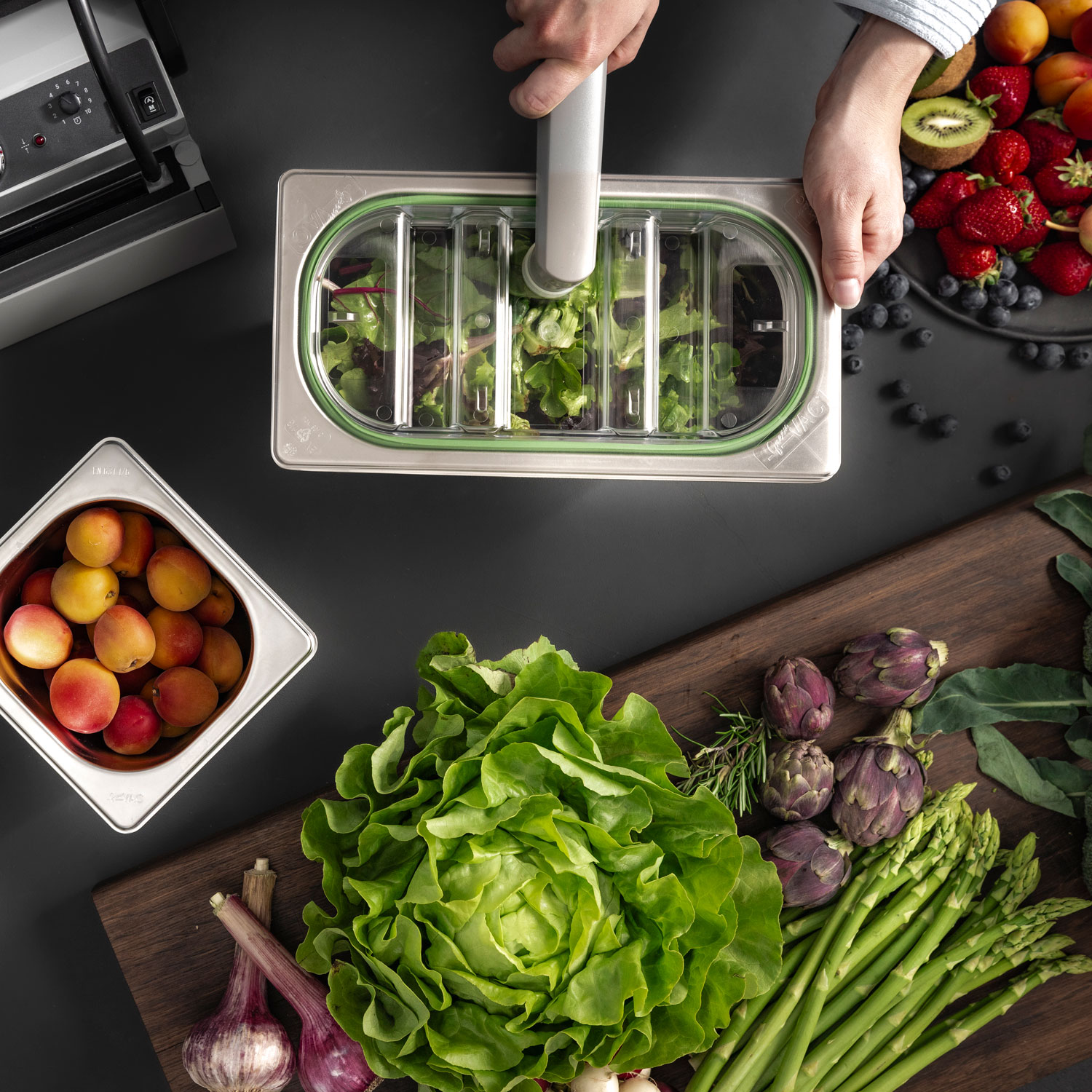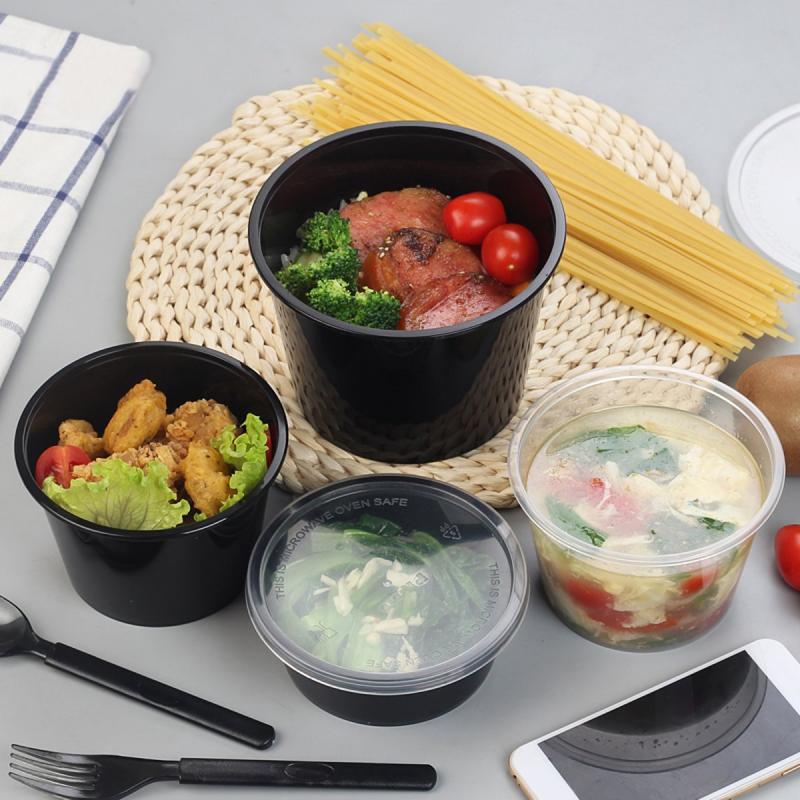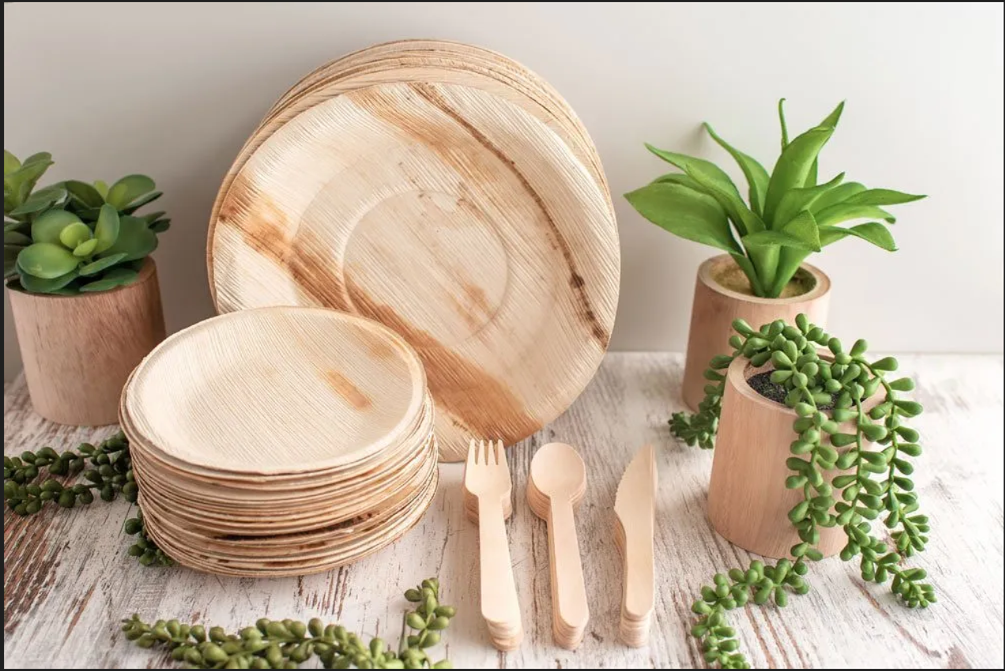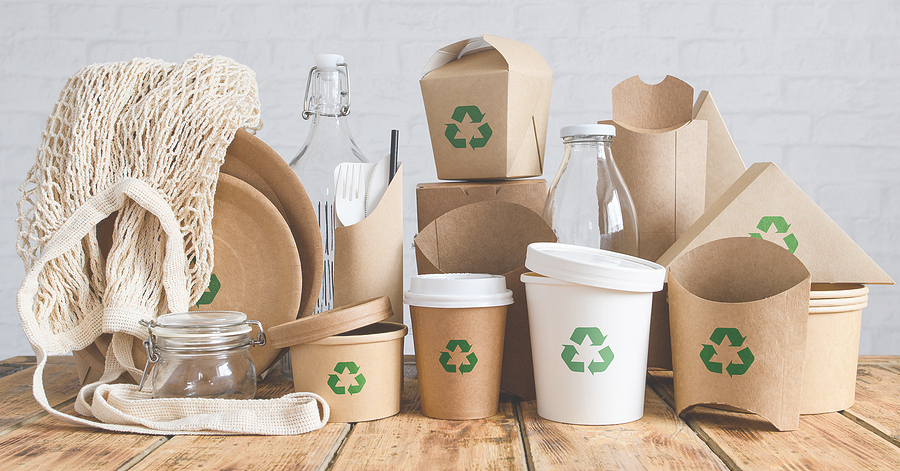
How to Properly Maintain and Clean GN Containers
Maintaining and cleaning GN containers is essential for ensuring hygiene, durability, and optimal performance. In this guide, you’ll find clear...

Get 20€ off on your first order!
Takeaway bowls, also called to-go bowls, carryout bowls, or takeaway containers, are essential in industries like food service, hospitality, and catering. Whether you’re running a restaurant, a catering business, or a food production company, choosing the right takeaway bowls can significantly impact your operations and customer satisfaction. This guide is designed to help you navigate the wide variety of options and make an informed purchase decision.
When selecting takeaway bowls, understanding the types available is key. Here’s an overview:
Each material type used for takeaway bowls comes with specific environmental considerations:
| Material | Description | Advantages |
| Plastic | Highly durable and lightweight, plastic bowls are versatile and can align with sustainability goals | Recycled/recyclable options available; often microwave-safe (Learn more) |
| Paperboard | Typically compostable and biodegradable, great for eco-conscious businesses | Highly eco-friendly; helps reduce landfill waste |
| Foil | Excellent for heat retention, especially for hot dishes | Recycled aluminum options available, reducing environmental footprint |
Consider whether the bowls will hold hot, cold, or frozen foods. For example, plastic bowls are versatile for hot soups and cold salads, while foil containers are better for baked dishes.
If your business prioritizes eco-friendliness, paperboard bowls from sustainable suppliers like Greenbox or Duni might be the best fit.
Look for containers that resist leaks and cracks. Lidded options are essential for transporting liquids, while stackable designs save storage space.
Europe has several leading suppliers offering high-quality takeaway bowls. When evaluating suppliers, consider factors such as shipping times, customer reviews, and product availability to ensure a seamless purchasing experience:

Having the right size takeaway bowls helps optimize resource use and portioning. These sizes align with standard serving sizes in the food industry, ensuring your portions meet customer expectations while maintaining cost efficiency. Below is a helpful chart:
| Size | Ideal Use | Example Food Items |
| 250-500 ml | Small portions or sides | Salads, soups |
| 500-1000 ml | Main courses | Pasta, rice dishes |
| 1000-2000 ml | Family-sized servings | Bulk meals, platters |
A comprehensive takeaway setup often includes more than just bowls. Consider these related products:
Making informed decisions when purchasing takeaway bowls can save costs and ensure high-quality service. Here are some essential tips to consider:
Takeaway bowls are widely used in:
We hope this guide has provided valuable insights into selecting the ideal takeaway bowls for your business, covering key considerations from materials and designs to sustainability and industry standards. Whether you’re serving up hot soups in a restaurant or packaging family-sized meals for catering, we’re here to support your needs every step of the way.
Explore our full range of Takeaway Bowls on Droppe, featuring trusted suppliers like ADEBO, Greenbox, and Duni—all designed to elevate your food service experience.
For a deeper dive into related products, explore our Food Service Supplies guide.
Have questions or need tailored advice on finding the perfect takeaway solutions? Don’t hesitate to reach out—our team is always here to help you make informed, confident decisions.
– The Droppe Team
Some bowls, especially those made of durable plastic or glass, can be reused. Always check the manufacturer’s guidelines for reuse and cleaning.
Yes, many suppliers offer customizable options, including printing logos and designs on bowls and lids.
Paperboard bowls made from compostable or biodegradable materials are excellent for eco-conscious businesses.
Many plastic and paperboard bowls are microwave- and freezer-safe, but always verify the specifications for each product.
Most options include matching lids, but some are sold separately. Check product descriptions to ensure compatibility.
Thank you! You've signed up for our newsletter.



















Maintaining and cleaning GN containers is essential for ensuring hygiene, durability, and optimal performance. In this guide, you’ll find clear...

Are you struggling to decide between paper, plastic, or compostable disposable plates? The material you choose directly impacts your events...

Looking for the right Food Service Supplies for your business? Whether you’re in food service, catering, or hospitality, this guide...

Maintaining and cleaning GN containers is essential for ensuring hygiene, durability, and optimal performance. In this guide, you’ll find clear...

Are you struggling to decide between paper, plastic, or compostable disposable plates? The material you choose directly impacts your events...

Looking for the right Food Service Supplies for your business? Whether you’re in food service, catering, or hospitality, this guide...
Get 20€ off on your first order!
Save 30% by buying directly from brands, and get an extra 10€ off orders over €100
Save 30% by buying directly form brands, and get an extra 10€ off orders over €100